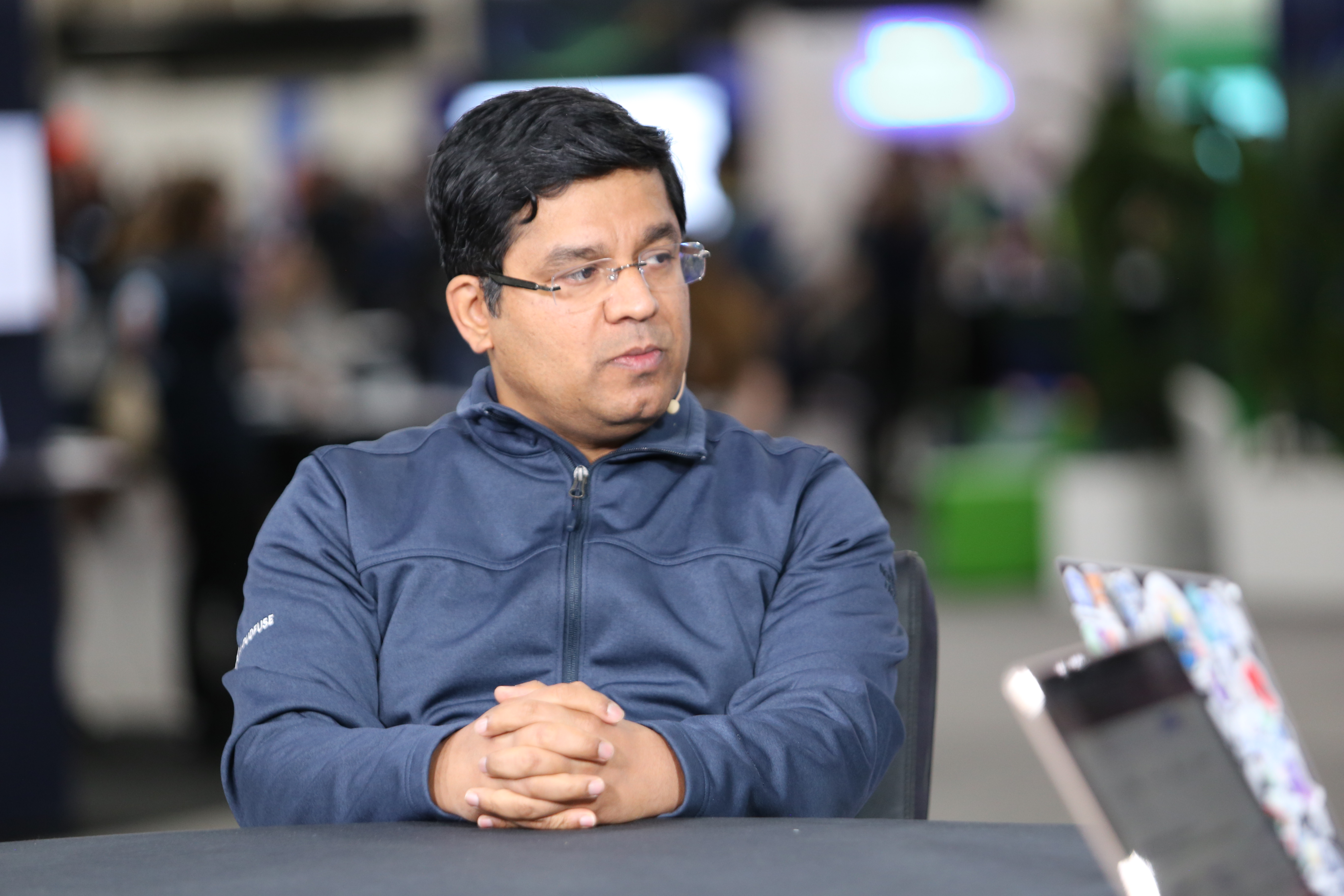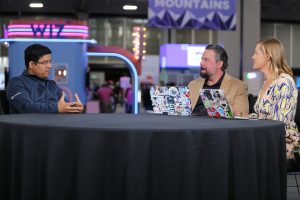 EMERGING TECH
EMERGING TECH
 EMERGING TECH
EMERGING TECH
 EMERGING TECH
EMERGING TECH
The growing complexities of Kubernetes, containerization and serverless workflows have brought significant challenges to the observability space, impacting system reliability and operational efficiency.
Observability, in this context, refers to the ability to collect, analyze and interpret operational data from various systems to ensure smooth functionality and resolve issues efficiently, according to Krishna Yadappanavar (pictured), co-founder and chief executive officer of Kloudfuse Inc.

Kloudfuse’s Krishna Yadappanavar talks to theCUBE about addressing observability challenges.
“Kloudfuse is an AI-enabled observability company, which is uniquely positioned to solve some interesting problems in the observability space,” Yadappanavar said.
Yadappanavar spoke with theCUBE Research’s Savannah Peterson and Rob Strechay at KubeCon + CloudNativeCon NA, during an exclusive broadcast on theCUBE, SiliconANGLE Media’s livestreaming studio. They discussed the increasing volume of data, control over data and cost-efficient solutions for observability. (* Disclosure below.)
With the shift toward Kubernetes and serverless architecture, organizations face challenges such as cardinality, which refers to the vast number of attributes tagged to operational data. The volume of these attributes can make identifying relevant ones during incidents particularly challenging.
“Then when the problem happens, when the incident happens, when the alert gets triggered, how do I get to that attribute that matters to you? [That] is one of the hard problems.” Yadappanavar noted.
Maintaining control over data is another pressing concern, as many companies rely on third-party software-as-a-service platforms for observability, often leading to a loss of data ownership. Organizations are seeking solutions that allow them to retain data within their own environments, ensuring privacy and security while providing direct access for analysis.
“When I talk to the customers … [they] say, ‘We are losing the control of the data … my data is leaving my VPC and going to someone else’s VPC,’” Yadappanavar said. “They want the better control of the data, so control is the second C.”
Cost remains a significant challenge, as observability tools can account for a substantial portion of cloud budgets. Consolidating tools into a unified platform can reduce expenses while improving operational efficiency.
“Industry has always proven that consolidation always helps with respect to reducing the cost,” Yadappanavar said. “But we took a step ahead. We thought … let’s consolidate all the data in a single observability data lake … so that when you are querying that data, you can use the minimum resources to get to your data.”
Another critical aspect is causality, which involves identifying the root cause of operational issues. This has become increasingly complex as systems grow more intricate, but advanced platforms are working to address this with innovative approaches.
”It has become literally [an] NP-hard problem to get to the root cause of the problem, but you need a platform which will get to the root cause as much as possible,” Yadappanar said. “That I call it the fifth and the [most] critical C, which is the causality.”
Here’s the complete video interview, part of SiliconANGLE’s and theCUBE Research’s coverage of KubeCon + CloudNativeCon NA:
(* Disclosure: Kloudfuse Inc. sponsored this segment of TheCUBE. Neither Kloudfuse nor other sponsors have editorial control over content on theCUBE or SiliconANGLE.)
Support our mission to keep content open and free by engaging with theCUBE community. Join theCUBE’s Alumni Trust Network, where technology leaders connect, share intelligence and create opportunities.
Founded by tech visionaries John Furrier and Dave Vellante, SiliconANGLE Media has built a dynamic ecosystem of industry-leading digital media brands that reach 15+ million elite tech professionals. Our new proprietary theCUBE AI Video Cloud is breaking ground in audience interaction, leveraging theCUBEai.com neural network to help technology companies make data-driven decisions and stay at the forefront of industry conversations.